Free-to-Attend Technology Presentation Stage
Day 3: Thursday, October 26 - morning session
Moderator
 Mike Hoyer
Mike HoyerApplications Engineer
HBK
USA
10am
Measuring in-circuit magnetic properties for efficient automotive designs
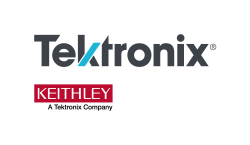 Cameron Lowe
Cameron LoweField Applications Engineer
Tektronix
USA
This presentation includes a better and faster method to measure magnetic property for analysis of EV/HEV charging. It defines the method of computation of magnetic properties from in-circuit voltage and current which give real world results. This talk illustrates how hysteresis loss can be computed from the BH curve.
10.20am
Continuous testing for the software defined vehicle of the future
General Manager
TraceTronic, Inc
USA
 Florian Rohde
Florian RohdeManaging Partner
iProcess
USA
Catching an error early during vehicle software development is desirable. Wrong paths are avoided, resources are conserved and the overall quality level is enhanced. Testing should be done in an iterative loop with every change that is submitted while feedback is provided to the development and test engineers immediately. Complex systems require everything to work together flawlessly or risk total system failure. We will share ideas to design standardized, automated workflows for global teams.
10.40am
Sensor fusion: enhanced localization for the open-road
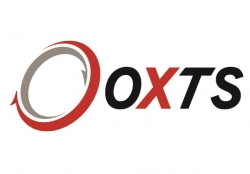 Jacob Giehl
Jacob GiehlSenior Commercial Manager, Americas
OxTS
USA
Obtaining high-accuracy positioning in poor GNSS environments has historically been an expensive challenge, requiring high-spec IMUs that fall under export controls. Using LiDAR as a navigation input introduces an error model unlike traditional GNSS-aided INSs, due to its performance when used for odometry and feature recognition in built up areas. When this data in integrated into an effective sensor fusion model, it leads to more usable test data, in more environments, more of the time.
11am
Hybrid system response convergence (HSRC) in RPC Connect
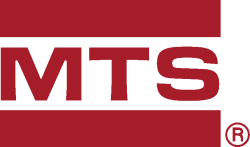 Christopher Flegel
Christopher FlegelSystems Integration Engineer
MTS Systems
USA
Hybrid System Response Convergence (HSRC) is an iterative simulation process that combines physical and virtual components to produce a coupled, full-vehicle laboratory durability test. HSRC enables full vehicle tests without requiring a road load data acquisition (RLDA) program. HSRC can speed development and reduce costs by combining the flexibility of analytical road loads with the confidence of physical testing. Full-vehicle HSRC is fully integrated into MTS’ latest RPC Connect software.
11.20am
NVH desktop driving simulator - the bridge between test and simulation
 Gary Newton, Jr
Gary Newton, JrDirector - North America
VI-grade
USA
Vehicle development cycles are shrinking, engineers must find ways to keep up. Desktop driving simulators enable data validation and understanding of results. By providing a repeatable and controlled evaluation environment engineers can conduct subjective evaluations under consistent conditions. Simulators are a must have asset to anyone who must understand, evaluate, and optimize the NVH characteristics of vehicles, ultimately leading to improved vehicle design and customer satisfaction.
11.40am
Fieldbus interfaces for power analyzers in eDrive test benches
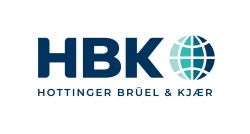 Andreas Abel
Andreas AbelSystems Integration Manager, EPT
Hottinger Brüel & Kjaer
Germany
Different applications in R&D, Laboratory, Production and EOL testing require optimized fieldbus interfaces. Different solutions for these applications like EtherCAT or XCP oE are presented and their pros and cons are compared. Finally an example integration of a modern Power Analyzer into an Automation System is explained in some more details. This includes full setup of the Power Analyzer, acquisition control and result transfer with low latency
12pm
Enhancing automotive safety: AR and VR in testing driver assistance systems
 Prof Katja Rösler
Prof Katja RöslerProfessor
University of applied science Ruhrwest
Germany
Driver Assistance Systems (DAS) enhance road safety by aiding accident avoidance. Augmented Reality (AR) and Virtual Reality (VR) simulate scenarios to optimize DAS. They create lifelike driving environments for testing, evaluating responses, enabling diverse scenarios, repeatable tests, risk-free simulations, accelerated development, cost efficiency, and real-time customization. AR and VR improve DAS safety, reducing reliance on resource-intensive field tests, fostering safer vehicles.
12.20pm
New approach to hardware-in-the-loop automotive chassis simulation systems
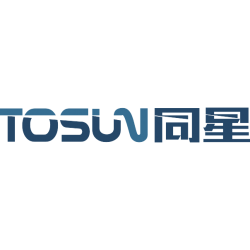 Dr Chu Liu
Dr Chu LiuSoftware Architect Engineer
TOSUN Intelligent Technology Co., Ltd.
China
A new implementation method for hardware-in-the-loop simulation system is introduced for automotive electronic chassis test, which utilizes the automotive electronics toolchain - TSMaster. With TSMaster's extensive hardware support capabilities, all kinds of test instruments and devices in the market can be integrated into the TSMaster software platform. With TSMaster's applets and toolboxes architecture, automotive dynamics engines like CarSim can be integrated into the testing environment.
